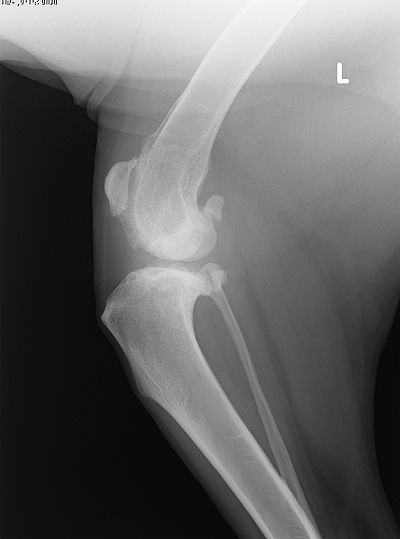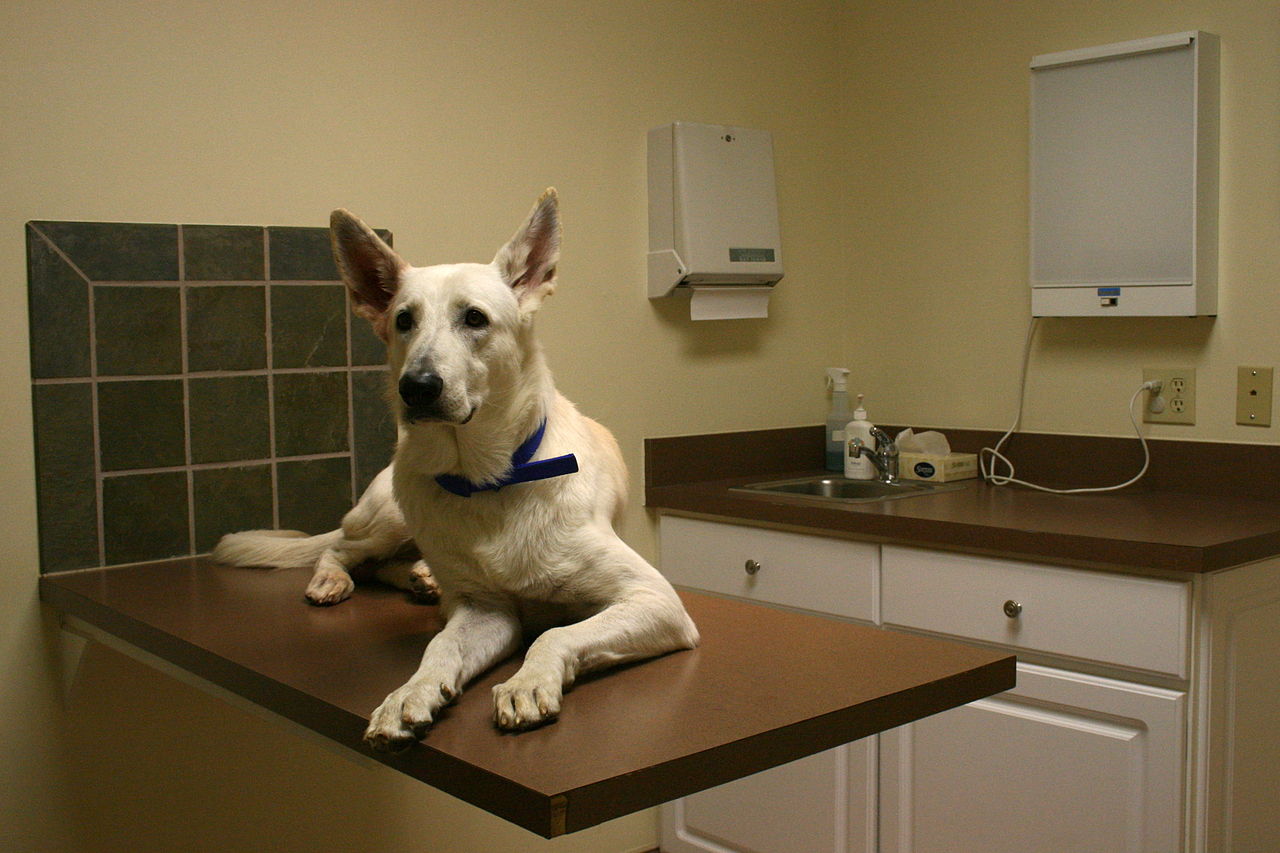
- Deafness – Possible causes of deafness can be congenital (an influence occurring in-utero), genetic (predetermined), infection or wax or hair blocking the ear canal. Deaf animals should have close supervision and always be leashed outdoors as they are not able to hear when there is danger. All dogs can be taught hand signals, but it is a necessity with deaf animals. In case your dog wanders away, a bell attached to the collar will help to locate him. Following is a list of some dogs genetically predisposed to Deafness – Border Collie, Dalmation, Dachshund, American Pit Bull Terrier, Great Dane, Miniature Poodle, Rhodesian Ridgeback, West Highland White Terrier, Akita, Australian Shepherd, Cocker Spaniel, Papillon, Beagle, Scottish Terrier, Sealyham Terrier, Pointer, Doberman Pinscher, English Setter, Bull Terrier, Fox Terrier, Maltese and Shetland Sheepdog.
- Other Breeds prone to Ear Problems – Shar Pei, Springer Spaniel, Sussex Spaniel, Welsh Springer Spaniel, Spinone Italiano, Wirehaired Pointing Griffon, Bloodhound, German Shepherd, Komondor, Australian Cattle Dog, Old English Sheepdog and Irish Water Spaniel.
There are a few common causes of ear problems in dogs. Dogs that have drop ears are particularly prone to ear infections. The ear flap folded over creates a warm, moist situation that encourages the growth of bacteria. Your dog may shake his head and the yeast and bacteria in the ear will emit a foul odor.
Dogs, especially those out in the field working, can get burrs or other unwelcome debris in their ears.
Parasites such as ticks, fleas and mites can cause itching, pain and swelling in the ear.
If your dog’s ear is injured through an accident or a dog fight, the ear can become swollen and infected.
If you notice hairless, scaly patches in or on the ear, cancer may be the cause.
Collies and Shelties can have a hereditary disorder (dermatomyositis) causing scaly, hairless patches.
If your dog’s ears are itchy and red, a hormonal disorder could be the culprit.
Allergies are high on the list of ear problems in dogs. Something in the environment like dust or pollen can be the cause. Food allergies are also very common. Feeding your dog a grain-free diet often clears up the problem.
If your dog shows any sign of an ear problem, a trip to the veterinarian is in order. Your vet can look deep inside the ear with his instruments and diagnose the condition. Sometimes skin scrapings or a sample of the discharge are necessary to view under a microscope. Your vet will explain how the problem can be treated.
Growths in the ear or a deformed or narrow ear canal can prevent healing. If your dog has recurring infections that don’t respond to antibiotics or other treatment, there are surgeries that can help solve the problem and promote healing.
All dogs ears should be checked and cleaned regularly, particularly those with pendant ears. Clean only the surface you can see. You can use cotton swabs or absorbent cotton, but be very gentle.
Related Articles


